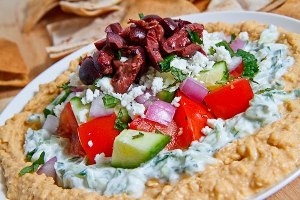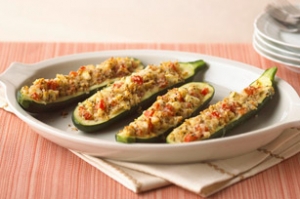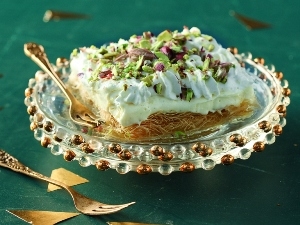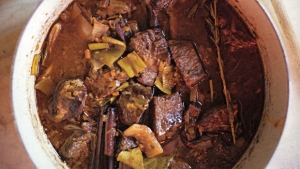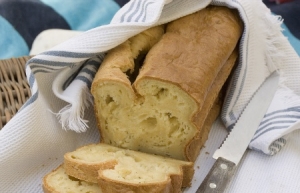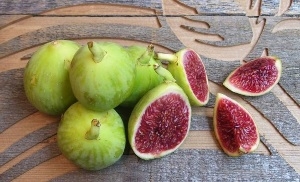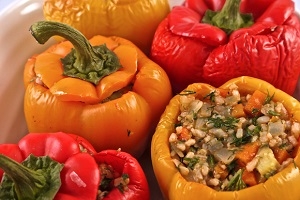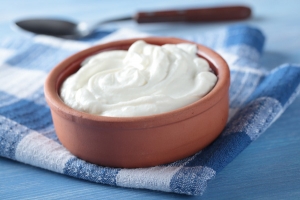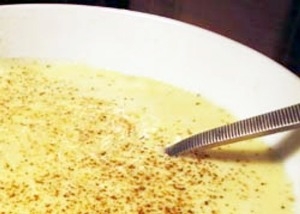So I have done A LOT of travelling in the past 3 years (visiting over 30 countries around the world), and Greece was one of my favorite places I visited. (And Greek rice stuffed peppers were a favorite I found) Greece was pretty incredible and unexpected as I had never seen anything other than photos of ancient ruins or the white and blue houses of Mykonos on postcards. I went on a 2 1/2 week journey back in August and September of 2010 and visited many different places in Greece.
I saw the ruins of Athens, the rocky shorelines and picturesque houses of Mykonos, the rolling hills and mountains of Naxos, The Palace of the Grand Masters of Knights in Rhodes, the mesmerizing Balos Lagoon and Palace of Knossos on Crete, and the Tholos of Athena Pronaia Sanctuary and Oracle at Delphi.
In my time in Greece I learned that there was much more than just olive oil and seafood to Greek cuisine. Traditionally the Greeks and Cretans ate vegetables, grains, fruits, seafood and olives. In fact their diet was vastly healthier eating homemade unprocessed food, unlike what they do now (which is more like a SAD Westernized diet drenched in copious amounts of olive oil and wine).
So what I took from my travels was using vegetables, grains and herbs in a way that complimented each other to bring out the full flavor of simple vegetable based dishes. The Greek rice stuffed peppers served in Greece are generally stuffed with ground meat as well, but occasionally I found some that were vegan without meat. Mykonos served some at the beach cafes and a Taverna in Delphi had some as well. But these versions used white arborio rice (Italian risotto rice) and were drenched in olive oil.
For my version I decided to switch to whole grain brown rice and remove the olive oil (for health purposes dousing all vegetables in olive oil isn’t recommended). So while it’s not “traditional” it is still very rustic and delicious. I’ve packed it full of dill, parsley and lemon juice so you get all the flavor of the full fat version but without the extra calories.
This recipe is featured in my cookbook Vegan Comfort Foods From Around The World which is available in a digital or physical version wherever you are in the world.
In fact it’s probably my family’s favorite recipe, my mom and even my friends make this recipe regularly as an entree for omnivores and they always receive rave reviews. So it makes me happy that something so simple can be delicious and satisfying to people on a wide variety of diets.
So scroll down for the recipe and get cooking!
Prep Time:
30 min Total Time: 1 hour 20 min
Yield:
Serves 3-4 for entrées or 6-8 as a side dish
Ingredients
6 large or 8 small bell peppers (any color but green)
1 large onion, diced
3 medium carrots, peeled and diced
3 small zucchinis, peeled and diced
1 cup / 236 ml. vegetable broth
3 cups cooked brown rice
5 Tbsp. tomato paste
3/4 cup whole fresh parsley, de-stemmed and chopped
3/4 cup whole fresh dill, de-stemmed and chopped
1/2-1 lemon, juiced
1/4 tsp. fresh ground pepper
3/4 tsp. Herbamare or salt (or to taste)
1 lemon—cut into wedges (optional)
Directions
Preheat oven to 350 F /175 C. Cut tops off of peppers like you would a jack-o-lantern,
remove seeds, and wash thoroughly.
Place in an oven safe dish arranged upright and put tops back on. Bake for 30 minutes.
Meanwhile, in a large pan, saut. onions, carrots and zucchini in vegetable broth for 5-6 minutes.
Stir in the rice and tomato paste and coat thoroughly.
Add parsley, dill, lemon juice, pepper, and Herbamare or salt and stir to combine.
When peppers are ready, remove from oven and fill with stuffing.
Place tops back on peppers and bake for an extra 30-40 minutes until peppers are soft.
Serve additional wedges of lemon if desired.
Additional Tips
Don’t use green peppers. Green peppers are unripe and much harder. They will not be done in time if you cook them along with red, yellow or orange peppers. Additionally you can substitute white rice for the brown if you like.
Nutrition Facts: 6 Servings
Amount Per Serving
- Calories 170.9
- Total Fat 1.4 g
- Saturated Fat 0.3 g
- Sodium 325.7 mg
- Total Carbohydrate 37.1 g
- Dietary Fiber 5.6 g
- Sugars 3.6 g
- Protein 4.4 g
By Low Fat Vegan Chef Veronica
lowfatveganchef.com

